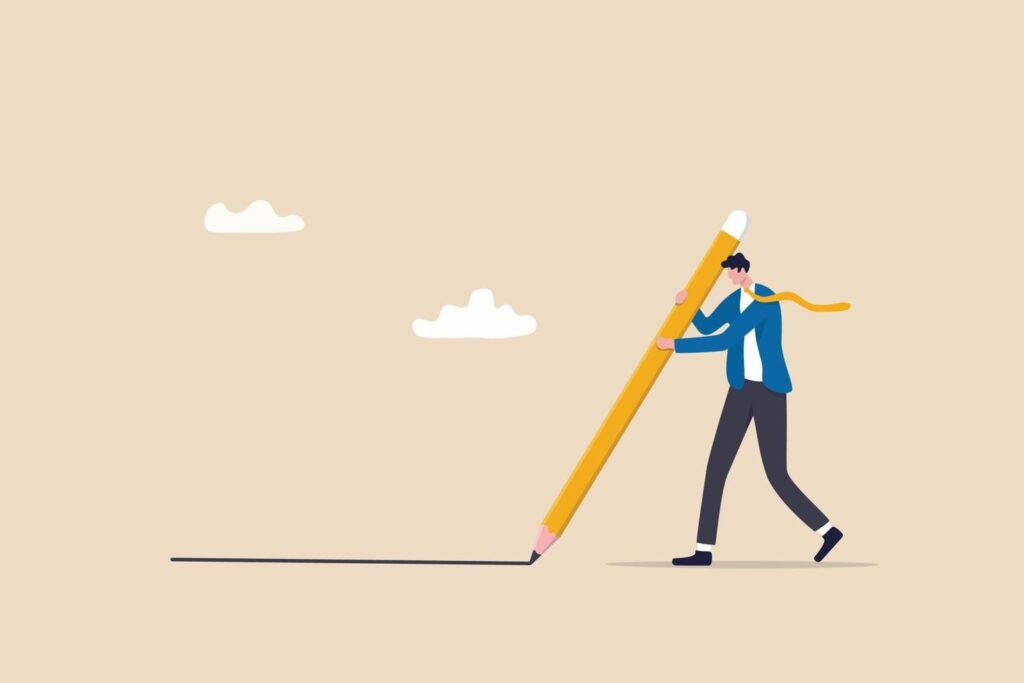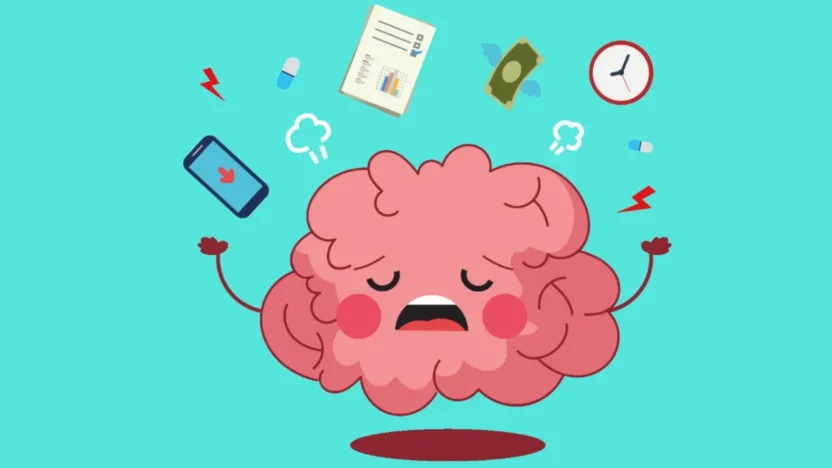
In today’s fast-paced professional landscape, burnout has become an increasingly prevalent challenge. Many workers face overwhelming stress, stagnation, and a diminishing passion for their work—factors that not only compromise job performance but also affect overall quality of life. This article delves into essential psychological strategies to help you recognize early burnout symptoms and implement practical, research-backed methods to prevent them. By applying these techniques, you can safeguard your mental health, boost productivity, and achieve a more fulfilling work-life balance.
Recognizing the Early Signs of Burnout
Detecting the signs of burnout early on is critical. Often, these symptoms emerge gradually and can easily go unnoticed. Chronic emotional and physical exhaustion, rising irritability, or feeling detached are red flags that you might be reaching your limit. Studies in psychology emphasize how these signs can deteriorate not only your work performance but also your personal relationships. Acknowledging these signals is the first step to adopting preventive measures.
In this section, we explain how to detect red flags of burnout and why regular self-assessment is essential. Experts recommend periodic mental health check-ins and the use of validated questionnaires to measure stress levels. Even small, persistent changes in mood or physical wellbeing should not be ignored as they may lead to deeper issues.
Furthermore, understanding your work context is crucial. Organizational factors like long hours, unrealistic deadlines, and a lack of recognition can greatly contribute to burnout. By monitoring your behavior and emotions, you can adjust your work practices and seek professional support if necessary. For additional insights, resources such as the American Psychological Association provide valuable guidance on workplace stress symptoms.
Building Resilience Through Stress Management
Resilience is the cornerstone of effective stress management at work. Developing resilience helps you face challenges calmly and maintain control even during turbulent periods. Research shows that individuals who build resilience are more capable of handling varying work demands while keeping burnout at bay, ultimately boosting job satisfaction.

This section offers multiple techniques to enhance resilience, including mindfulness, cognitive restructuring, and physical exercise. The use of mindfulness practices has been proven to lower stress levels, reduce anxiety, and improve focus. By remaining present, you can break free from cycles of worry and fatigue. Incorporating brief mediation sessions or light physical activities during your day can significantly reduce the risk of burnout.
Additionally, cognitive behavioral strategies like reframing negative thoughts can help you shift from viewing setbacks as failures to seeing them as opportunities to learn. Creating a structured routine that balances work with rest is essential in managing stress. For further research-based insights, platforms like the National Institute of Mental Health offer numerous resources to populate your resilience toolkit.
Establishing Healthy Boundaries and Self-Care
Setting boundaries is a key psychological strategy to protect against burnout. By establishing clear limits, you ensure that work does not overwhelm your personal life. This includes managing your time effectively, defining work hours, and knowing how to say ‘no’ when additional responsibilities exceed a reasonable workload.
Self-care is equally crucial. It not only involves relaxation but also participating in activities that renew your mental and physical health. Prioritizing self-care means recognizing your own needs, indulging in hobbies that uplift you, and enjoying quality moments with loved ones. Remember, self-care is not a luxury—it’s a vital component of maintaining balance.

Implementing these boundaries may sometimes mean making tough workplace decisions, like negotiating deadlines or delegating tasks. Regular breaks and disconnecting from work communications after hours can boost productivity. For more advice on setting boundaries effectively, many psychological experts and self-help platforms such as Psychology Today offer insightful strategies to enhance your work-life balance.
Fostering a Supportive and Positive Work Environment
A supportive work environment is instrumental in mitigating burnout. When employees feel valued and understood, the effects of stress are greatly diminished. Psychological research confirms that positive relationships and a culture of open communication can act as effective buffers against work-related stress.
Employers have a vital role in cultivating such environments. Recognizing achievements, fostering continuous learning, and ensuring transparent channels of communication can make a significant difference. Creating a positive workplace culture is not only key for long-term productivity but also essential for upholding mental health.
Moreover, initiatives like peer support groups, mentoring programs, and designated mental health days can boost employee morale and foster teamwork. For instance, companies that introduce Employee Assistance Programs (EAPs) often report enhanced employee satisfaction and a notable drop in burnout incidents. For additional strategies, resources such as Harvard Business Review and the Journal of Occupational Health Psychology provide further information.
Incorporating Psychological Flexibility into Daily Practices
Psychological flexibility is the ability to adapt your thoughts and behaviors to effectively handle challenges. Recognized as a crucial tool in preventing burnout, it helps professionals remain calm, focused, and capable of making sound decisions under pressure. Enhancing psychological flexibility enables you to adjust your responses and perspective, making it easier to manage unexpected work demands.

A popular method to build this flexibility is Acceptance and Commitment Therapy (ACT), which emphasizes mindfulness and living in accordance with your values. Embracing uncertainty and accepting imperfections as part of the journey can lead to a more resilient and innovative mindset, reducing stress and enhancing your problem-solving skills.
Moreover, adopting psychological flexibility means reframing obstacles as opportunities for growth. By revising your internal dialogue, you can tackle challenges with increased confidence and lower anxiety levels. Professionals who practice these techniques regularly are often better prepared to maintain high performance during stressful periods. For further reading, scholarly sources like PubMed and the Association for Contextual Behavioral Science provide valuable resources.
Contenido Adicional
To deepen your understanding of workplace burnout prevention, it helps to explore additional psychological theories and strategies that complement the five main approaches discussed earlier. For instance, understanding cognitive dissonance in the context of stress management can reveal how conflicting beliefs about your work responsibilities may contribute to increased tension. Techniques like guided journaling and reflective meditation can help resolve these conflicts, bringing greater clarity and emotional balance.
Another valuable strategy is integrating technological tools designed to monitor and improve mental health. A wide range of digital applications now offer guided meditation sessions, stress tracking, and timely reminders for breaks, all based on cognitive-behavioral principles. These tools not only prompt you to take short pauses throughout the day, but they also provide insights into long-term trends in your stress levels, allowing you to adapt your routines and minimize burnout risks.
Additionally, ongoing professional development in emotional intelligence (EQ) plays an important role in combating workplace burnout. Training programs focused on building empathy, self-regulation, and effective communication empower individuals to identify and manage their emotional triggers more effectively. Employees with well-developed EQ tend to set clearer boundaries and prevent conflicts that contribute to burnout.

Combining self-help methods with supportive workplace initiatives can further reduce burnout. Companies that invest in mental wellbeing seminars, resilience workshops, and offer flexible working conditions often witness lower employee turnover and absenteeism. Incorporating regular mindfulness sessions or digital mental health check-ins as a part of the organizational culture reinforces healthier work patterns.
Combining self-help methods with supportive workplace initiatives can further reduce burnout. Companies that invest in mental wellbeing seminars, resilience workshops, and offer flexible working conditions often witness lower employee turnover and absenteeism. Incorporating regular mindfulness sessions or digital mental health check-ins as a part of the organizational culture reinforces healthier work patterns.
Preventing workplace burnout requires actively incorporating psychological strategies that enhance mental wellbeing and resilience. By learning to identify early warning signs, practicing effective stress management, setting healthy boundaries, and cultivating a supportive work environment, you’re on the path to achieving a balanced professional and personal life. Embrace these measures and consider integrating psychological flexibility into your everyday routine to better handle workplace challenges. In short, investing in mental health today paves the way for a more productive, balanced, and gratifying future.




